Dressing & Change
Changing a wound dressing is more than a routine task — it’s a critical step in ensuring that healing progresses safely, effectively, and without complications. At Brilliance Home Health Care, our trained and licensed nurses approach every dressing change with skill, attention to detail, and deep respect for the patient’s comfort and health.
Each dressing change begins with a thorough hand-washing protocol and the use of sterile gloves to maintain a clean and controlled environment. Our nurses carefully assess the wound’s appearance for any signs of infection, delayed healing, or irritation. After gently cleansing the wound with a sterile solution, any debris is removed, and if necessary, topical treatments or prescribed ointments are applied.
The wound is then dressed using advanced, medical-grade materials tailored to the patient’s condition — ensuring that the site remains protected, supported, and able to heal properly.
Types of Wound Dressings We Use
Gauze and Cloth Dressings – Ideal for protecting minor cuts and abrasions.
Foam Dressings – Provide cushioning and retain moisture to support healing.
Hydrogel & Hydrocolloid Dressings – Help with dry or painful wounds by keeping the area moist and reducing discomfort.
Alginate Dressings – Absorb excess wound fluid and are used for wounds with moderate to heavy drainage.
Antimicrobial Dressings – Used for infected wounds or high-risk wounds to fight bacterial growth.
Why Professional Dressing Changes Matter
Infection Prevention
By following strict medical protocols, we reduce the risk of bacterial contamination and prevent infections that could delay recovery or lead to hospitalization.Comfort-Focused Technique
We perform dressing changes with patience and sensitivity, minimizing discomfort and building trust with patients who may feel anxious or vulnerable during care.Ongoing Evaluation
Each visit is an opportunity for skilled nurses to monitor wound progress and adjust treatment if needed — ensuring optimal outcomes over time.

